Dominica Eyckmans, Frederick Croene - Schumann, Hindemith, Britten & Waelbroeck: Reflections for Viola & Piano (2010)
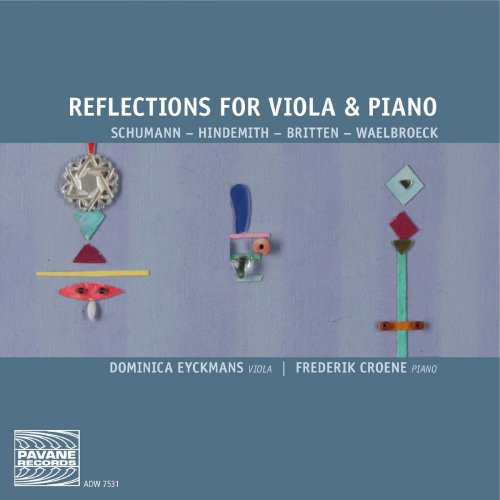
Artist: Dominica Eyckmans, Frederick Croene
Title: Schumann, Hindemith, Britten & Waelbroeck: Reflections for Viola & Piano
Year Of Release: 2010
Label: Pavane Records
Genre: Classical
Quality: flac lossless (tracks) +Booklet
Total Time: 01:06:24
Total Size: 254 mb
WebSite: Album Preview
TracklistTitle: Schumann, Hindemith, Britten & Waelbroeck: Reflections for Viola & Piano
Year Of Release: 2010
Label: Pavane Records
Genre: Classical
Quality: flac lossless (tracks) +Booklet
Total Time: 01:06:24
Total Size: 254 mb
WebSite: Album Preview
01. Märchenbilder, vier Stücke für Viola und Klavier, Op. 113: Nicht schnell
02. Märchenbilder, vier Stücke für Viola und Klavier, Op. 113: Lebhaft
03. Märchenbilder, vier Stücke für Viola und Klavier, Op. 113: Rasch
04. Märchenbilder, vier Stücke für Viola und Klavier, Op. 113: Langsam, mit melancholischem Ausdruck
05. Sonate für Bratsche und Klavier, Op. 11 No. 4: Fantasie
06. Sonate für Bratsche und Klavier, Op. 11 No. 4: Thema mit Variationen
07. Sonate für Bratsche und Klavier, Op. 11 No. 4: Finale (Mit Variationen)
08. Lachrymae. Reflections On a Song of Dowland, Op. 48
09. Sonate pour alto et piano No. 2: I. Allegro appassionato
10. Sonate pour alto et piano No. 2: II. Scherzo. Vivace
11. Sonate pour alto et piano No. 2: III. Andante - Allegro risoluto
12. Sonate pour alto et piano No. 2: IV. Moderato
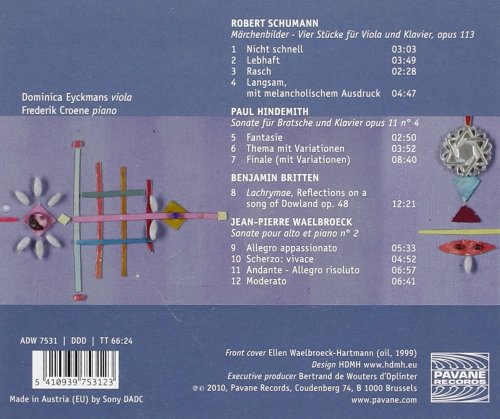
Reflections for Viola & Piano, a Pavane Records disc featuring violist Dominica Eyckmans and pianist Frederik Croene, takes its name from the infrequently performed Britten work, Lachrymae, reflections on a Song of Dowland. The remainder of the album's program reflects on the viola's ascension from the seldom-used solo instrument of Schumann's time (with his Op. 113 Märchenbilder) to the frequent writing for the favorite instrument of Paul Hindemith (here represented by his Op. 11/4 Sonata), all the way to modern times when the viola is finally taking its place as the capable, emotive, and potentially virtuosic instrument that it is. This final stage is represented by the intriguing, sophisticated Second Sonata of Jean-Pierre Waelbroeck. Despite the well-rounded, interesting program, the execution put forth by long-time collaborators Eyckmans and Croene is decidedly lackluster and disappointing. For his own part, Croene's playing is nicely balanced, technically clean (particularly in the always-challenging Hindemith score), and stylistically appropriate as the music moves through the various time periods. Eyckmans' playing is less remarkable. Her tone is rather weak, and her sound is often completely lost as she descends onto her instrument's G and C strings. Higher up on the A string, Eyckmans sounds quite forced as she attempts to draw out more and more volume from an instrument that has clearly given its all. Adding to this is intonation that is not reliable, and an approach to the instrument that does not seem to vary from composer to composer.
![Reggie Watts - Reggie Sings: Your Favorite Christmas Classics, Volume 2 (2025) [Hi-Res] Reggie Watts - Reggie Sings: Your Favorite Christmas Classics, Volume 2 (2025) [Hi-Res]](https://img.israbox.com/img/2025-12/21/cn1c8l2hi7zp9j05a5u7nw49g.jpg)
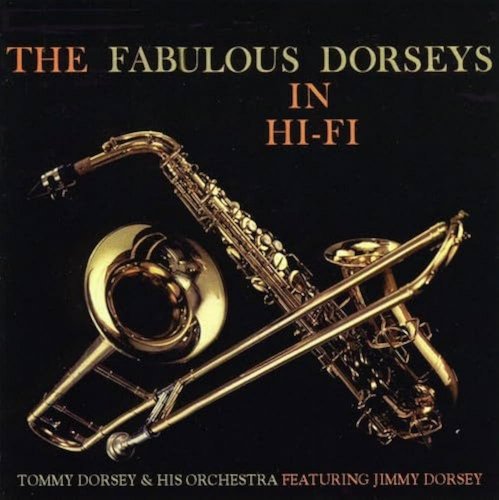
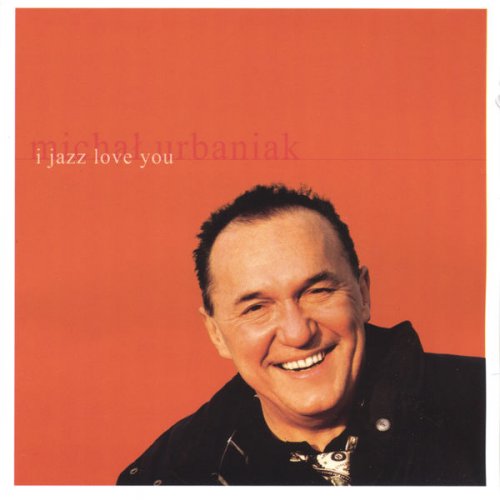
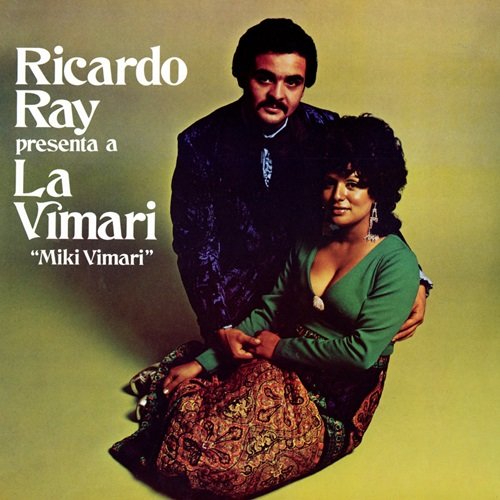
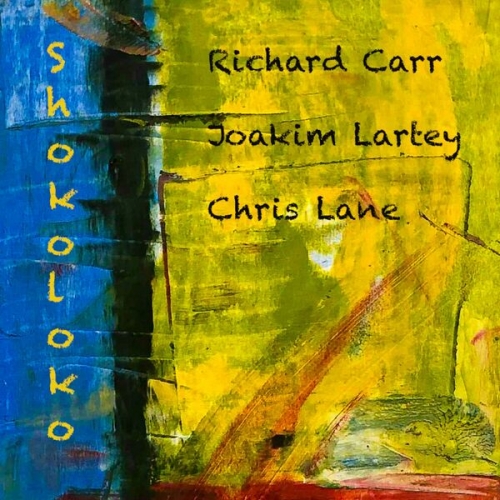
![Sergio Di Finizio - O (2025) [Hi-Res] Sergio Di Finizio - O (2025) [Hi-Res]](https://www.dibpic.com/uploads/posts/2025-12/1766111303_ri3vjk7q73zkc_600.jpg)
![Bobby Meckam - Trumpet and Jazz in Strings (1981/2025) [Hi-Res] Bobby Meckam - Trumpet and Jazz in Strings (1981/2025) [Hi-Res]](https://www.dibpic.com/uploads/posts/2025-12/1766062047_cover.jpg)
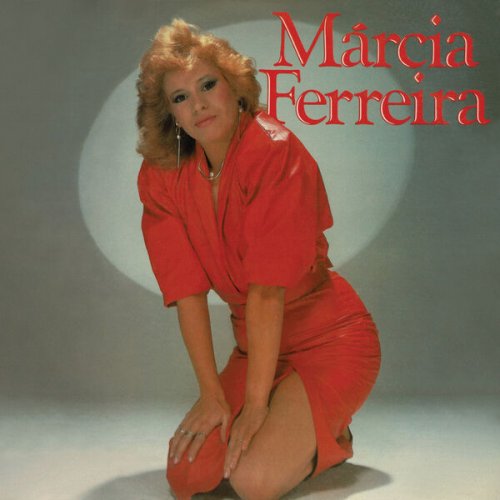
![Specht - Dawn (2022) [Hi-Res] Specht - Dawn (2022) [Hi-Res]](https://img.israbox.com/img/2025-12/21/6134nsos4nwrfp8p503nmr24q.jpg)